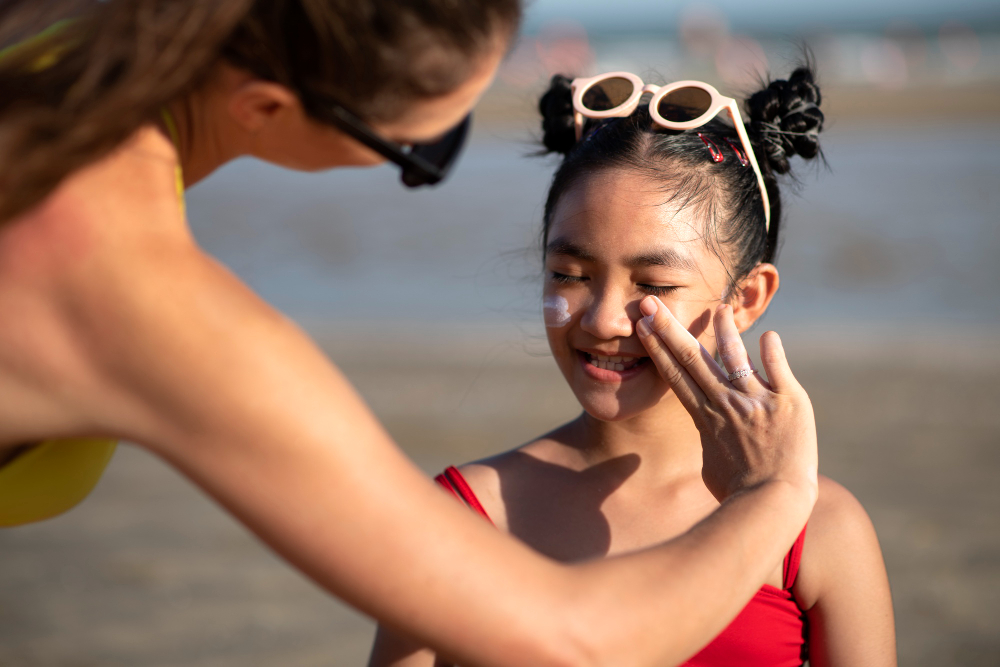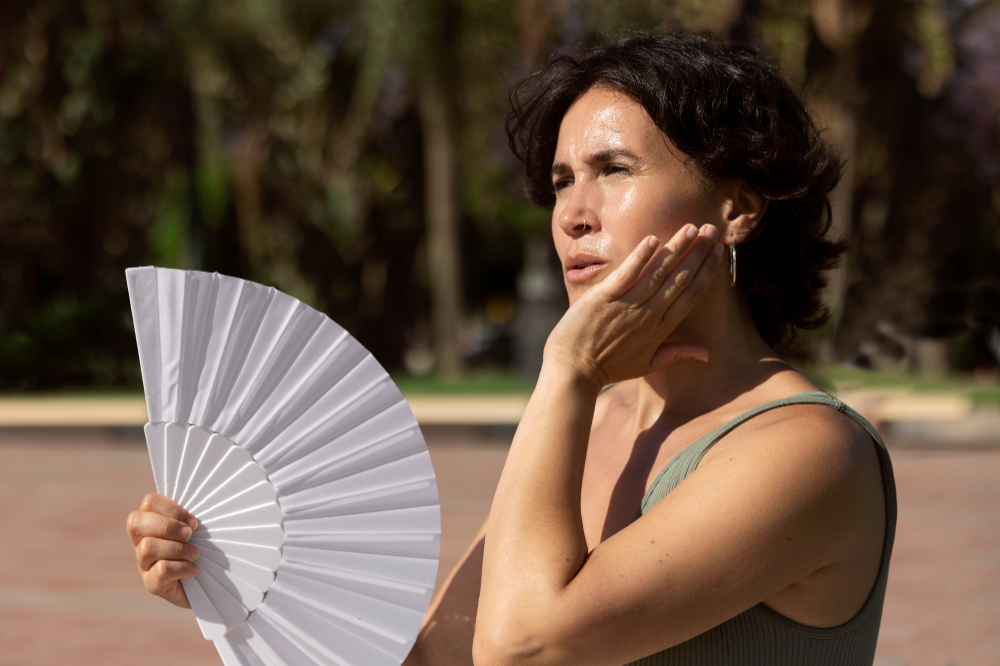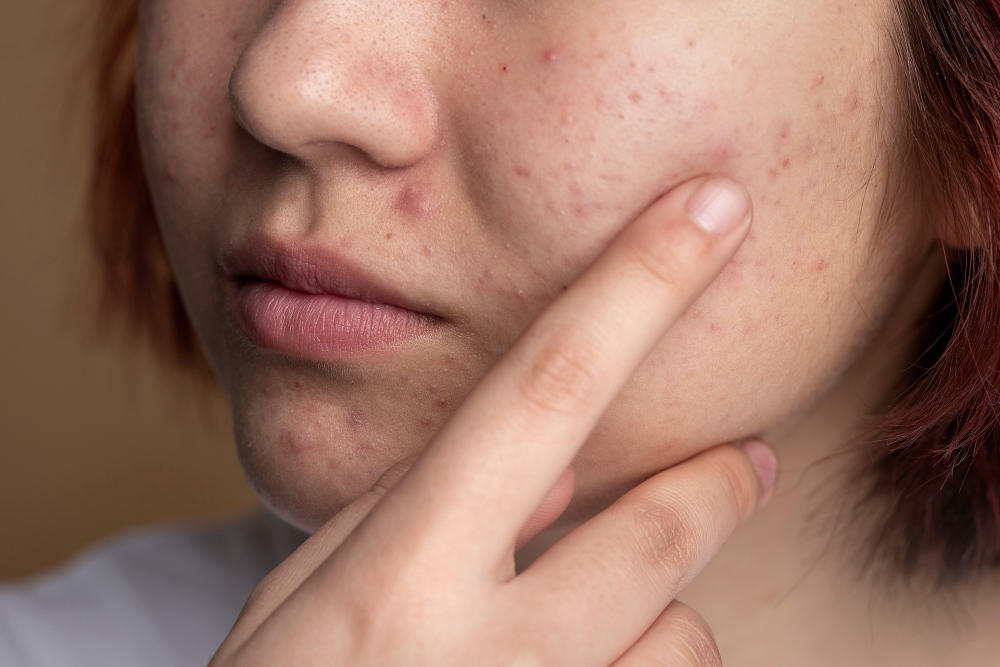HOW TO PROTECT YOUR BABY FROM THE SUN
Ultraviolet (UV) rays from the sun pose a significant threat to the skin. In the short term, they can cause painful sunburn, while long-term exposure increases the risk of premature skin aging and skin cancer. This highlights the importance of understanding effective sun protection for the skin.
Babies are particularly vulnerable to sunburn due to their thinner and more sensitive skin compared to adults. Additionally, infants have a higher ratio of skin relative to their body mass, and their natural skin protection mechanisms are not fully developed at birth. This applies to all babies, regardless of their skin type, whether it’s fair or dark. Consequently, sunburn can be more hazardous for babies than for adults, making it essential to provide them with maximum sun protection.
HOW CAN I PROVIDE MAXIMUM SUN PROTECTION FOR MY BABY?
The sun’s rays are most potent between noon and 2 p.m., so it’s advisable to avoid exposing your infant’s skin to direct sunlight between 11 a.m. and 3 p.m. Keep your baby shaded under a tree, a sun umbrella, a canopy, or by using a stroller sun cover. However, it’s important to consider your surroundings, as surfaces like water, sand, snow, and concrete can reflect sunlight. Even if your baby is under a beach umbrella, their skin may still be indirectly exposed to the sun.
Never leave your baby unattended in a parked vehicle, even if it’s in the shade or with the windows partially open.
When it comes to sun protection, long, loose-fitting clothing made from tightly woven fabrics offers better defense than even the best sunscreen. Dress your baby in lightweight, protective clothing that covers their arms and legs. Ensure their head, face, neck, and ears are shielded with a wide-brimmed hat. Some clothing and hats are made with UPF fabric to provide added UV protection.
CAN I APPLY SUNSCREEN TO MY INFANT’S SKIN?
When selecting sunscreen for this age group, choose a product that contains a physical filter like zinc oxide and be careful not to apply it too close to the eyes and mouth. Use lip balm with a minimum SPF of 30 on and around the lips, and ensure your baby’s eyes and eyelids are shielded with sunglasses labeled “UV 400” or “100% UV protection.”
For babies aged 6 to 12 months, it’s advisable to minimize sun exposure and provide protection through clothing, a hat, and sunglasses. Use a broad-spectrum sunscreen for sensitive skin on any skin areas exposed to the sun. Keep your baby away from the sun during the hottest part of the day, typically between 11 a.m. and 3 p.m. Seek shade and be cautious of surfaces that reflect sunlight.
HOW MUCH SUNSCREEN SHOULD I APPLY?
It’s common for people to miss certain areas of the body when applying sunscreen. It’s essential to give extra attention to areas like the ears, neck, behind the knees, the tops of the feet, and the scalp if your baby has sparse hair. This ensures comprehensive protection from the sun’s rays.
WHAT TYPE OF SUNSCREEN IS SAFE FOR MY BABY?
For babies and infants, it’s advisable to opt for a sunscreen with a physical filter like zinc oxide. This type of sunscreen safeguards the skin by blocking and reflecting UV rays and is less likely to cause adverse reactions. Sunscreens containing chemical filters, such as oxybenzone or avobenzone, are also suitable, although there is a slightly higher risk of skin reactions associated with these products.
WHEN SHOULD SUNSCREEN BE APPLIED?
In both cases, sunscreen should be reapplied every two hours. If your baby is in the water, you will need to reapply sunscreen, as some will rub off when you towel them dry.
Since UV rays can penetrate clouds, sunscreen should be applied even on cloudy days. Check the UV index: If it’s higher than 3, you will need to protect skin with sunscreen.
Want To Know More

Sunscreens
Discover the characteristics of a good sunscreen to protect yourself against UVA rays
Read More

medication & Sunlight
Some medications can increase skin sensitivity to sunlight and cause allergic reaction
Read More

heatStrokes
It is important to understand the risks associated with extreme heat and heatstroke for people
Read More

Skin Redness
Skin redness, a common issue with various causes, can result from sunburn, irritation, allergies, or skin conditions. To discover more about its triggers and effective remedies.